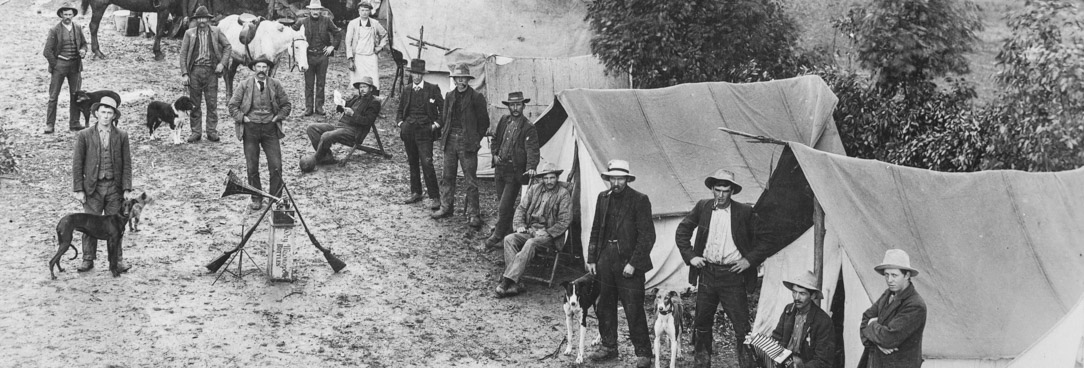Last updated:
What do I need to know?
The name of a soldier settler or the name of the location(s) where a soldier settlement block was located. This search only works for soldier settler blocks allocated for service in World War I.
To find all other records relating to soldier settlement (such as advances files and VPRS 5357 which sometimes contain additional information) you will need to search on the PROV catalogue or follow the links to specific series that can be found at the bottom of this page.
The World War II soldier settler scheme was administered by the Soldier Settlement Commission (VA 2270) between 1945 and 1962, and you can browse a list of relevant records.
How do I search?
Some of the records that identify soldier settlers that received a block after being discharged from World War I service have been digitised and can be viewed online through our catalogue. You can search for just these digitised documents by entering a soldier’s name in the form below or the location of a soldier settlement block. It is possible to use multiple locations in the same search.
Please note: We have only digitised parts of files that we could identify as being related to soldier settlement blocks, and we have only digitised key documents from those parts of the file that relate to soldier settlers. There is generally more in a particular file relating to the soldier settler and, in a number of instances, to other holders (who were not soldier settlers) of the same block at other times.
You can also try a search across the entire series to identify complete files of interest by entering location(s) and/or the name of the last person to hold the block (if known).
About these records
These records detail the Victorian soldier settlement scheme created in 1917 to lease land to returned soldiers and nurses for farming after the World War I.
These records will help you understand the individual experience of a soldier settler, as well as the historical context of the Victorian Soldier Settlement Scheme.
These records were digitised with the support of the Veterans Unit of the Department of Premier and Cabinet as part of commemorations on the 100th anniversary of World War I. Digitisation was undertaken with the aid of volunteers and we are grateful to everybody who gave their support for this project.
Next Steps
Useful links
What are in these records?
Information about the soldier applicant, including:
- name
- age
- marital status
- occupation before the war
- possibly letters about applicant
- correspondence about land
Details about the allotment, such as:
- number
- size
- parish
- district
- and possibly also a map
Material in the Public Record Office Victoria archival collection contains words and descriptions that reflect attitudes and government policies at different times which may be insensitive and upsetting
Aboriginal and Torres Strait Islander Peoples should be aware the collection and website may contain images, voices and names of deceased persons.
PROV provides advice to researchers wishing to access, publish or re-use records about Aboriginal Peoples
